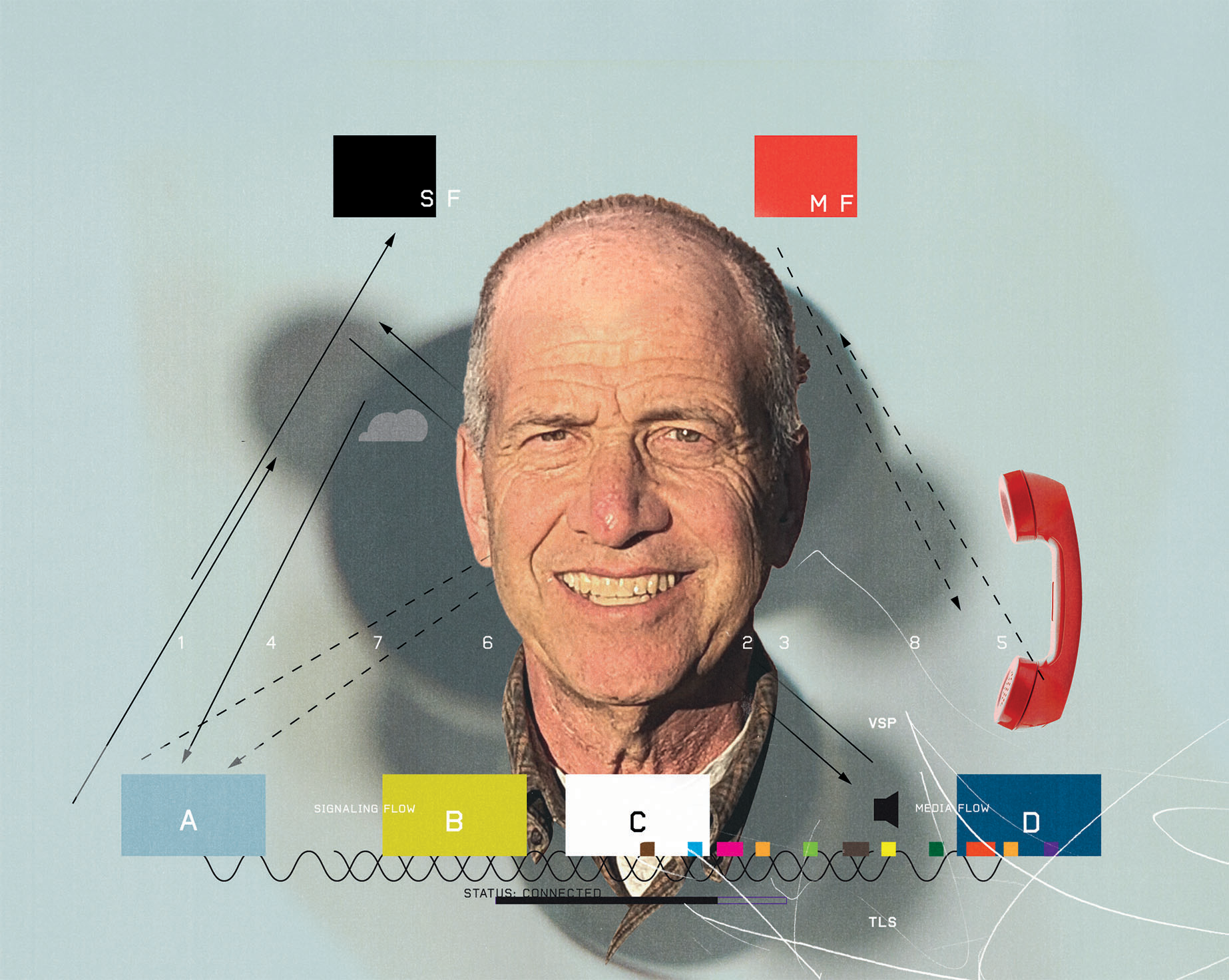Through this submarine-like hatch, volunteers for a 500-day simulated mission to Mars will transit from one train-car-size module to another in a mock-up of a Mars-faring spacecraft. The Institute of Biomedical Problems, in suburban Moscow, is now completing preparations to lock a group of people into the simulator in an effort to identify psychological problems that may arise during very long space missions. The main living module sports cozy wood paneling to seem Earthlike. But the decor is unlikely to make up for the isolation from all but your bunkmates. Phoning home won’t help. It takes up to 15 minutes for radio signals to reach Earth from a Mars-bound craft, so all the voice and data lines into the simulator will be tape-delayed.
The crew will practice various psychological support techniques while scientists from the Russian and European space agencies monitor them remotely. Researchers will also be testing the crew’s mental health in simulated emergencies. More than just a punishing stress test, the exercises will also assess the adequacy of remotely monitoring the physiological and psychological health of space travelers experiencing unprecedented isolation. In contrast to the International Space Station, which is frequently visited by Russian and American space vehicles carrying supplies and spare parts for emergencies, absolutely nothing will be added to the simulated spacecraft after it ”departs” from Earth early next year.
For a tour of the simulator, go to /sep07/marsxtra
James Oberg is a retired "rocket scientist" in Texas, after a 20+ year career in NASA Mission Control and subsequently an on-air space consultant for ABC News and then NBC News. The author of a dozen books and hundreds of magazine articles on the past, present, and potential future of space exploration, he has reported from space launch and operations centers across the United States and Russia and North Korea.
